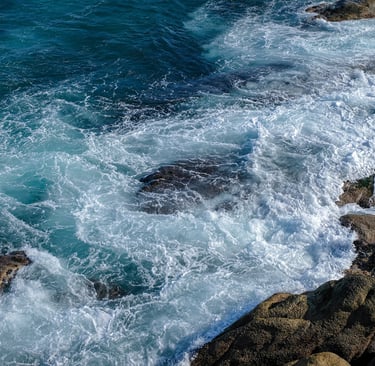Bass Tackle.
Lure Rods.
Whether you're looking for lure rods or spinning rods, there are a multitude of options from many manufacturers such as Apia, Majorcraft, Hto, Tenryu, and Favorite among others. What budget are you working with for a rod? You can find reasonable rods for under £50 or choose to invest several hundreds of pounds for a quality rod. Rod lengths vary; 9 ft is quite common, but some prefer shorter rods while others opt for longer ones, depending on where you plan to fish.
Additionally, consider the weight of the lures you intend to use. Each rod has a casting weight; for instance, a common range is 9-36 g. If you're planning to fish with heavier or lighter lures, make sure to select a rod that can handle those casting weights. After figuring all this out, my suggestion is to visit a local tackle shop, try out a few rods, and determine which one fits your needs and feels comfortable for you.
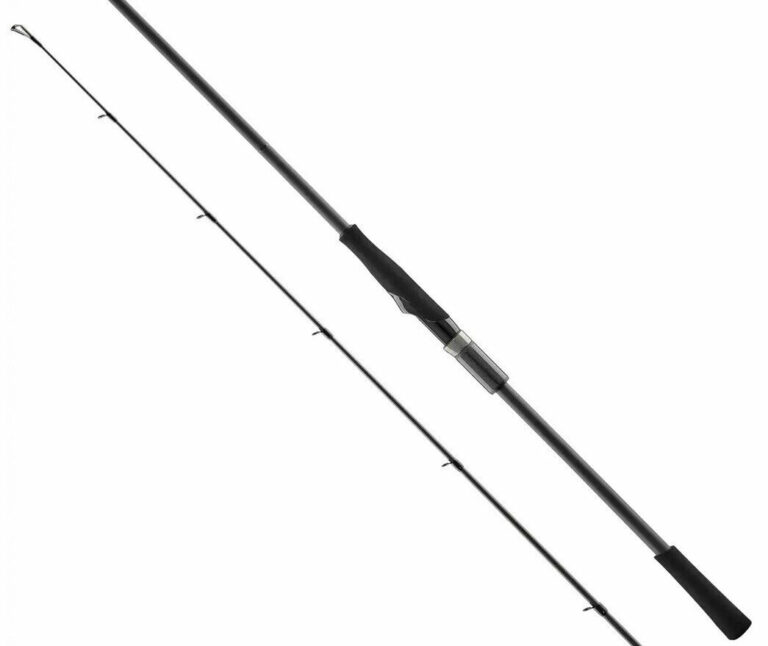

Spinning Reels.
Spinning reels, similar to rods, are produced by numerous manufacturers, with Shimano and Diawa being among the leading brands, although Penn is also quite popular. As always, keep your budget in mind. A less expensive reel priced below £50 can serve you well if it is properly washed and maintained. More high-end reels, usually over £200, are often coated and sealed to safeguard them; some of the Penn reels can even be submerged in water without adverse effects. However, like all tackle items, saltwater can damage them, so a quick rinse with fresh water and a sponge is recommended for upkeep.
Reels are available in various sizes, with 3000 and 4000 models being the most favoured. It’s a good idea to match your reel with your rod; bring your rod to a tackle shop to test several reels. A 4000 reel might feel heavy while a 3000 might be a better fit, or vice versa. Since you will likely be fishing for several hours, comfort and balance in your setup are essential.
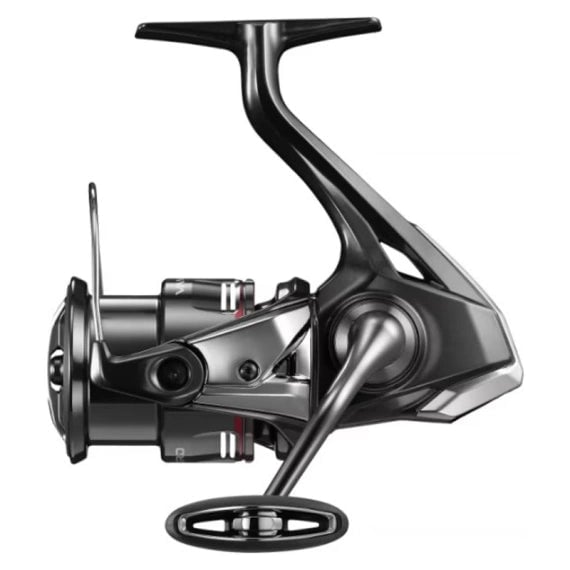

Braid or Mono!
Braid has become increasingly favoured among bass anglers, produced by several leading brands such as Sufix, Shimano, Westin, Majorcraft, and Diawa. It is available in various weight measurements, expressed in lbs, kgs, and PE sizes, along with a variety of color choices. Spools typically come in lengths of 150m, although some brands also offer 200m and 300m options.
Many bass anglers prefer braid because it does not stretch like monofilament, allowing for better sensitivity when you feel a catch on your lure. While some anglers still opt for monofilament, which is perfectly acceptable, transitioning to braid can make returning to mono challenging. Additionally, some fishermen use monofilament as a backing on their reels to support a 150 m spool of braid, ensuring their spools are adequately filled.
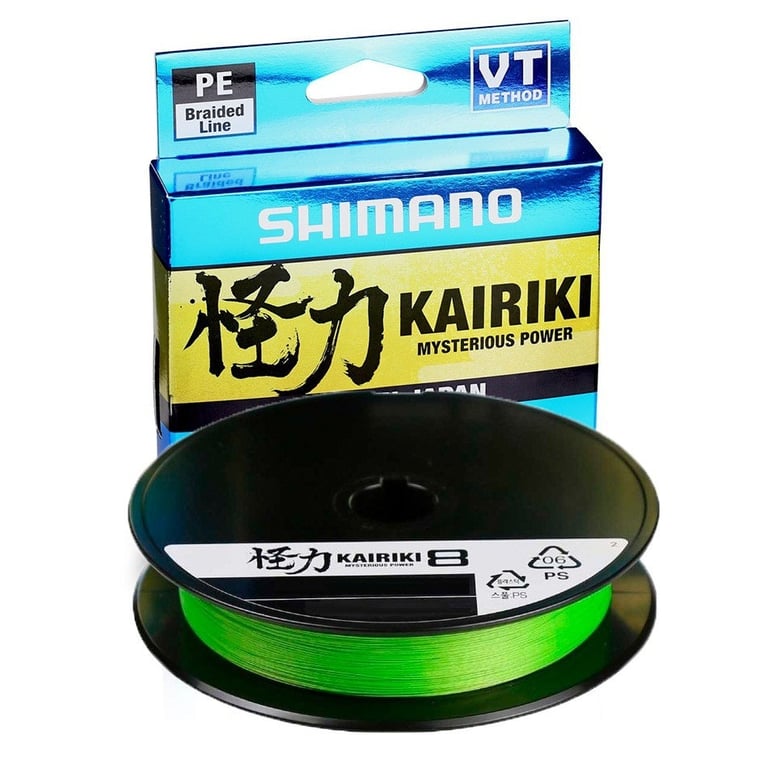

Lures.
Lures come in a wide variety of shapes and sizes, available in every imaginable colour option. I will provide you with a straightforward overview of the primary types.
Surface Lures (Hard) are typically constructed from plastic and are available in various lengths measured in millimetres and weights in grams. They float on the water's surface and are used with the "walk the dog" technique. Additionally, there are Sinking Lures that can submerge or dive deeper than 1 meter. Some of these come equipped with ball bearings to create sound to attract fish.
Metal Lures are made from metal and are also available in assorted lengths and weights. They come in various sizes and colours designed to mimic sand eels and small bait fish.
Soft plastics are composed of soft plastic or rubber, available in various shapes, sizes, weights, and colours. Some resemble small fish, while others imitate sand eels. More recently, we are observing creature baits that replicate crayfish, crabs, and worms. Certain soft plastics are pre-weighted, while others can be fished either weighted or weightless, and can be used in a standard manner or weedless.
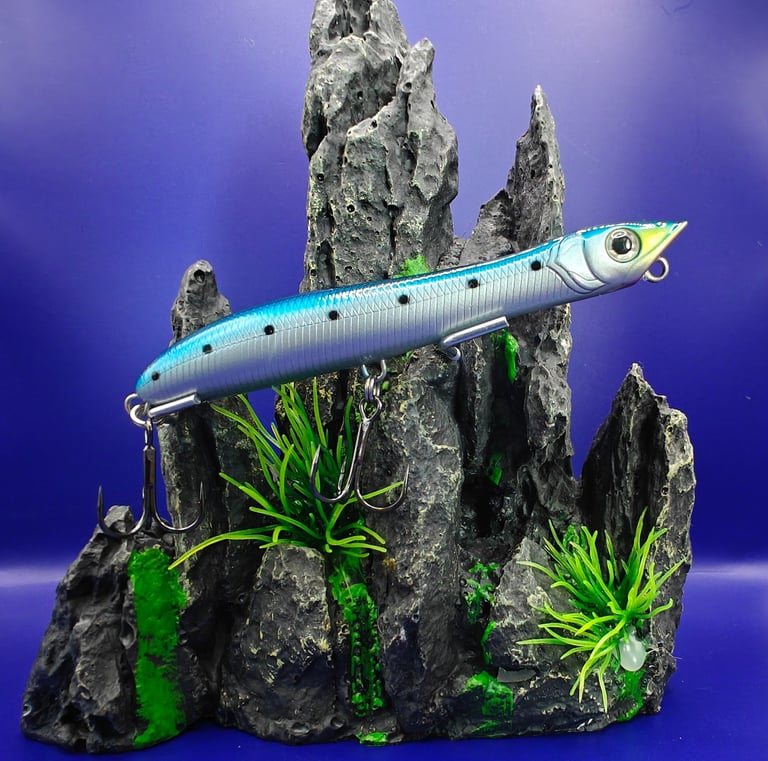

Tackle Bags.
Tackle bags are essential for transporting all your equipment. You might opt for a traditional tackle bag, which can be placed on rocky surfaces or the beach, or a rucksack can also serve the purpose. A good sling bag or a waist pack (see image of Westin W4 Finesse Bag) is ideal if you're not carrying heavy amounts of tackle—just a few boxes, some tools, and accessories that can be conveniently slung around your body for easy access while on the move or wading.
Small chest packs offer another choice for wading, although they do limit your carrying capacity. Additionally, tackle vests are yet another alternative; some come equipped with float inserts, which could provide you with some buoyancy should you accidentally fall in. They can hold a reasonable amount of gear; however, both I and others have found that they may hinder your casting.
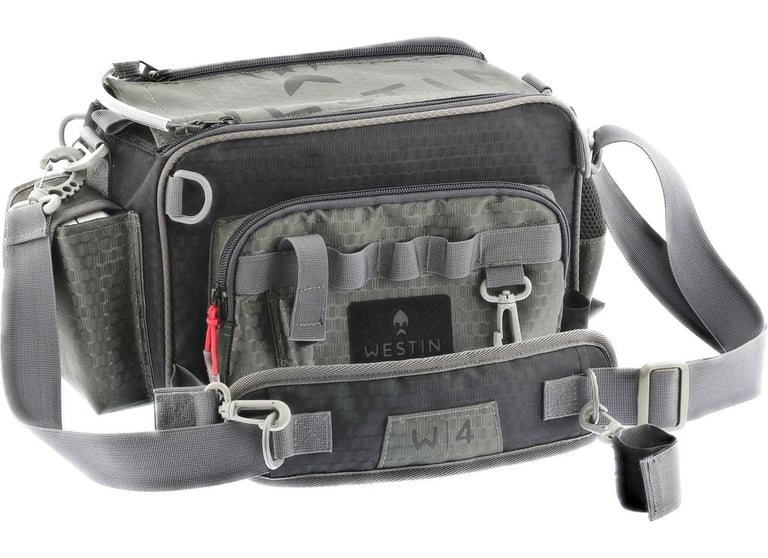

Leaders.
Fluorocarbon leaders are commonly attached to braid by many bass anglers as a shock leader. Using fluorocarbon makes it less noticeable, particularly when paired with bright coloured braid, which can be beneficial, especially if the bass are skittish. Additionally, it simplifies the process of tying a lure clip. Various manufacturers produce fluorocarbon in different strengths, so it's worth trying a few brands to see which one fits your needs best. My personal favourite is the one shown in the image.
When it comes to leader length, some anglers opt for 12"-18" leaders, while others prefer to use longer lengths. It’s important to find a suitable length that works for you. Although some anglers do attach their line clips directly to their braid, which is perfectly acceptable, ensure that you have a reliable knot that won’t slip or break to avoid losing that personal best catch.
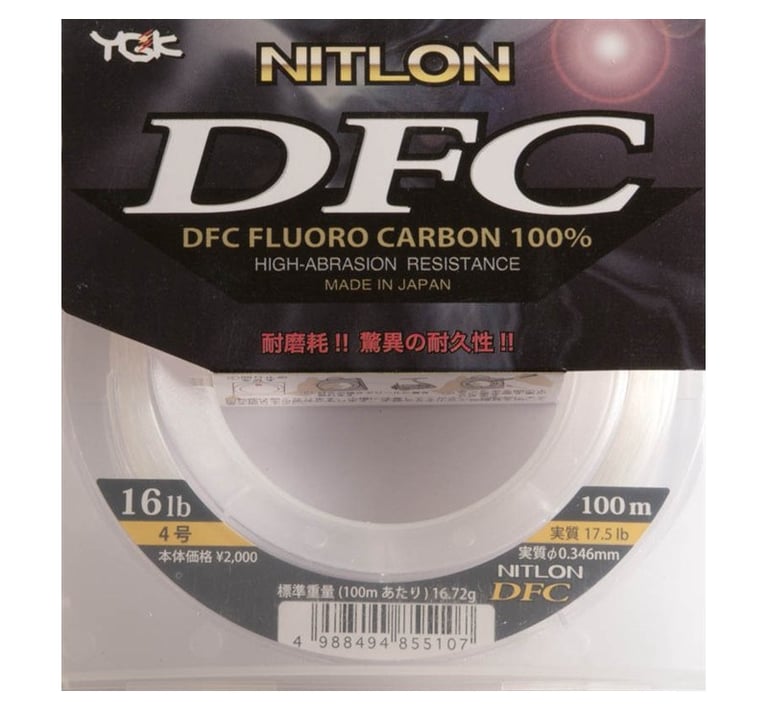

Tools.
Fishing tools serve as convenient accessories to have on hand; a selection is provided below. Fishing pliers are helpful for taking hooks out of fish, particularly treble hooks, and for de-barbing hooks for catch-and-release purposes. A pair of braid scissors or snips, whether sharp, proves valuable in cutting braid and fluorocarbon lines.
A hook sharpener is essential for maintaining sharp hooks. Additionally, I find stretchy spiral key rings useful for securing tools and similar items, allowing you to clip them onto a belt or bag, thereby preventing them from dropping into the water and getting lost.
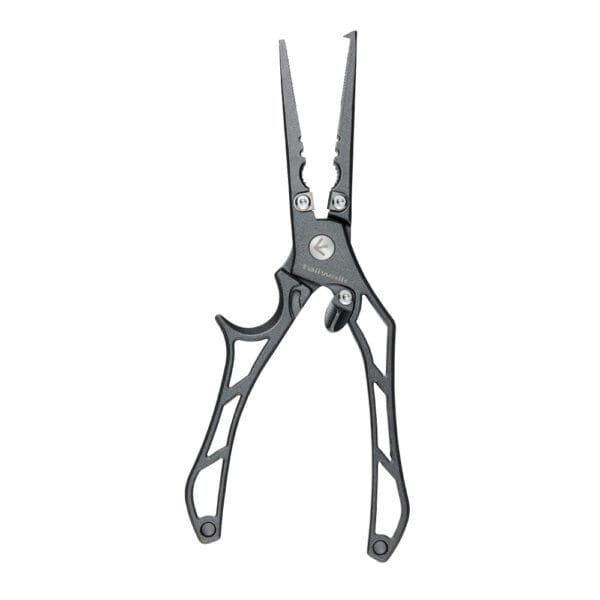

Additional Equipment.
Below are some optional items that could be beneficial.
Lure and storage boxes for keeping your lures, hooks, swivels, clips, and other gear secure.
A measuring tape is handy for checking the size of those bass, capturing a great photo, and ensuring they meet the 42 cm legal requirement if you're planning to keep one for a meal.
Waders, either chest or waist-high, are useful for entering the water safely, allowing you to navigate past weed beds and increase your fishing distance, but remember to be quiet as the bass could be nearby.
Studs for your boots can provide better traction on wet, weedy, slippery rocks or stony surfaces. You can buy them online and with some DIY effort, install them yourself.
Appropriate clothing is essential for fishing in various weather conditions throughout the year.
These are just a handful of items; there are many more we could list that might be useful for you as a bass angler.

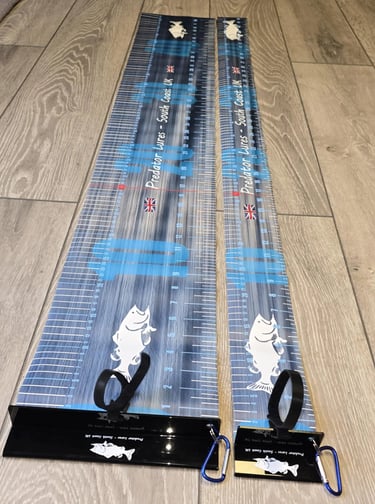
Get in touch.
Contact Me.
Fill in your details opposite or use email below, thank you. Steve @kernowbass.
admin@kernowbass.com

